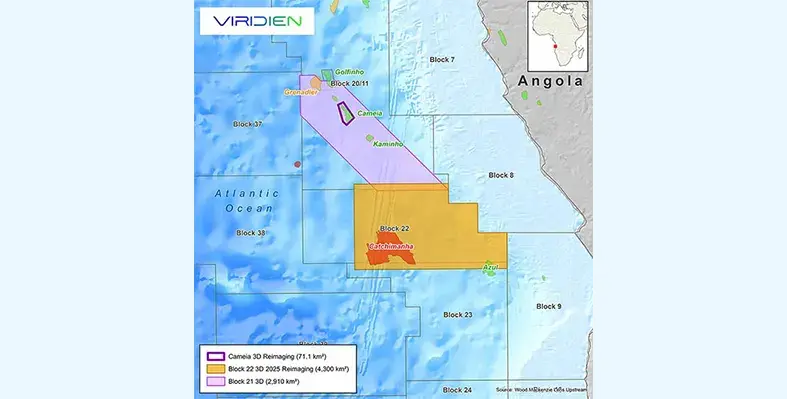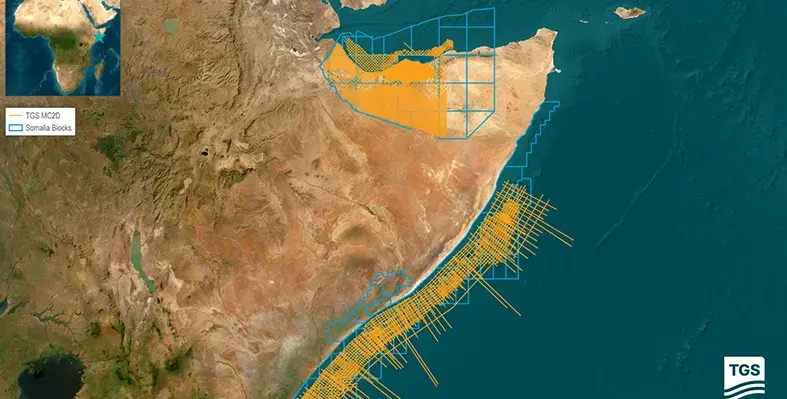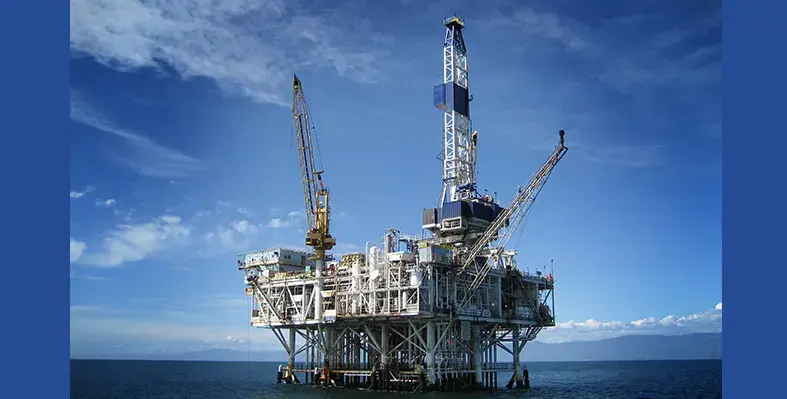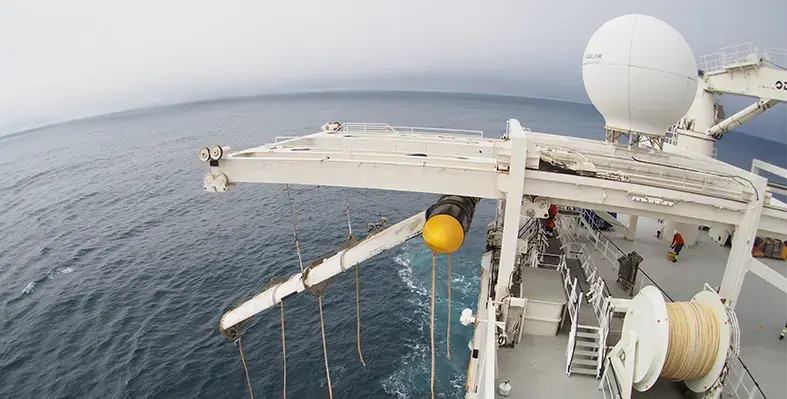As Angola gears up for its upcoming licensing round, Viridien has announced a new multi-client seismic reimaging programme over Angola’s highly prospective offshore Block 22
The 4,300 sq km high-end data set will bring valuable insight into underexplored structures along the Atlantic Hinge zone, following the same trend as the proven Cameia and Golfinho fields. Fast-track results are scheduled for delivery in Q1 2026 and final products in Q3/Q4 2026.
The Block 22 data set will be reimaged by using Viridien's latest proven proprietary technologies, including time-lag FWI, Q-FWI, Q-Kirchhoff and advanced deghosting and demultiple. This data will complement its 2,900 sq km of data over nearby block 20/11, giving operators access to a combined regional coverage of over 7,200 sq km of ultramodern broadband PSDM data to conduct regional pre-salt and post-salt play evaluation in the Kwanza Basin.
Dechun Lin, Head of Earth Data, Viridien, said, “Viridien is delighted to continue its strong relationship with Angola's national energy agency, ANPG (Agência Nacional de Petróleo, Gás e Biocombustíveis), and longstanding presence in Angola by committing to this new reimaging project which will support their important upcoming licensing round. We have the most modern 3D broadband seismic data available offshore Angola and will continue to generate value from it to provide critical support for industry decision-making and help to increase exploration success.”








